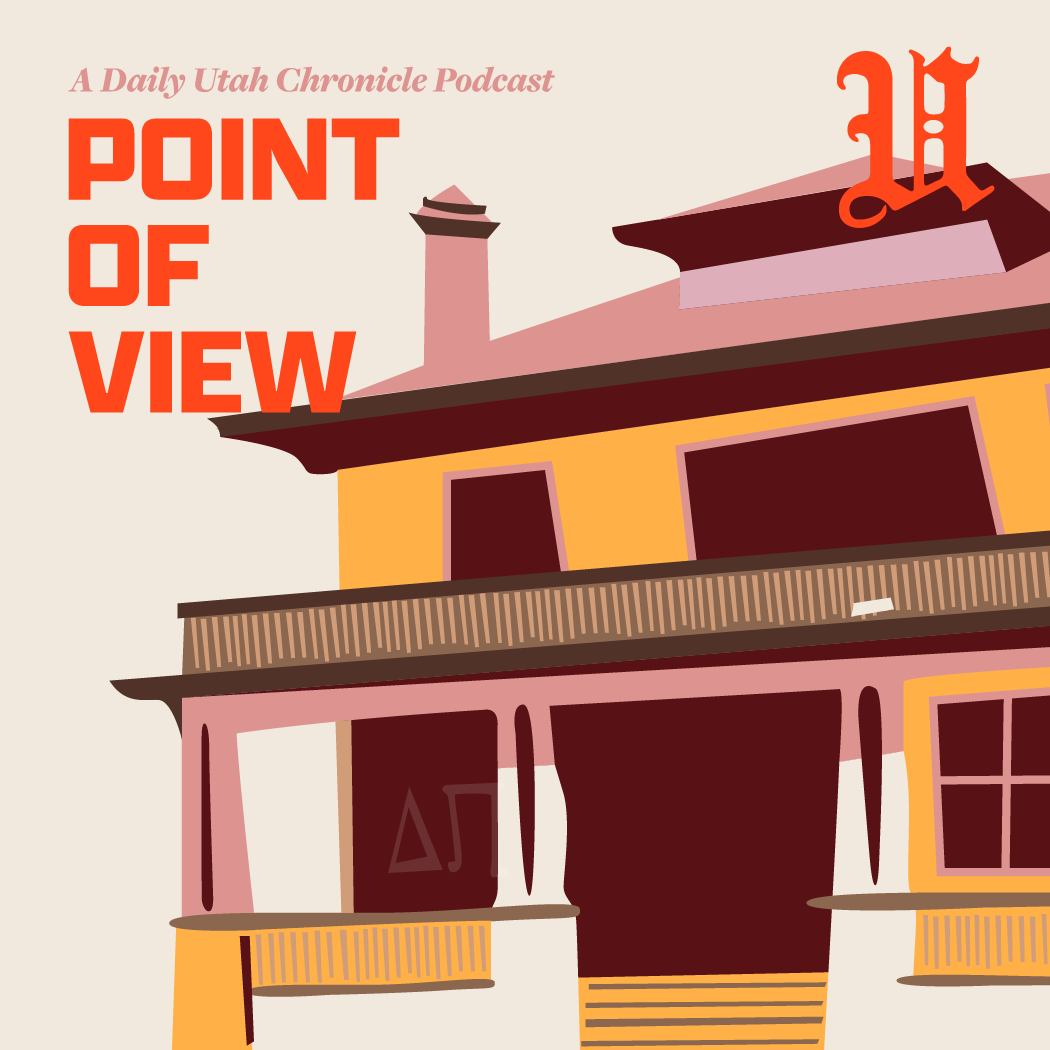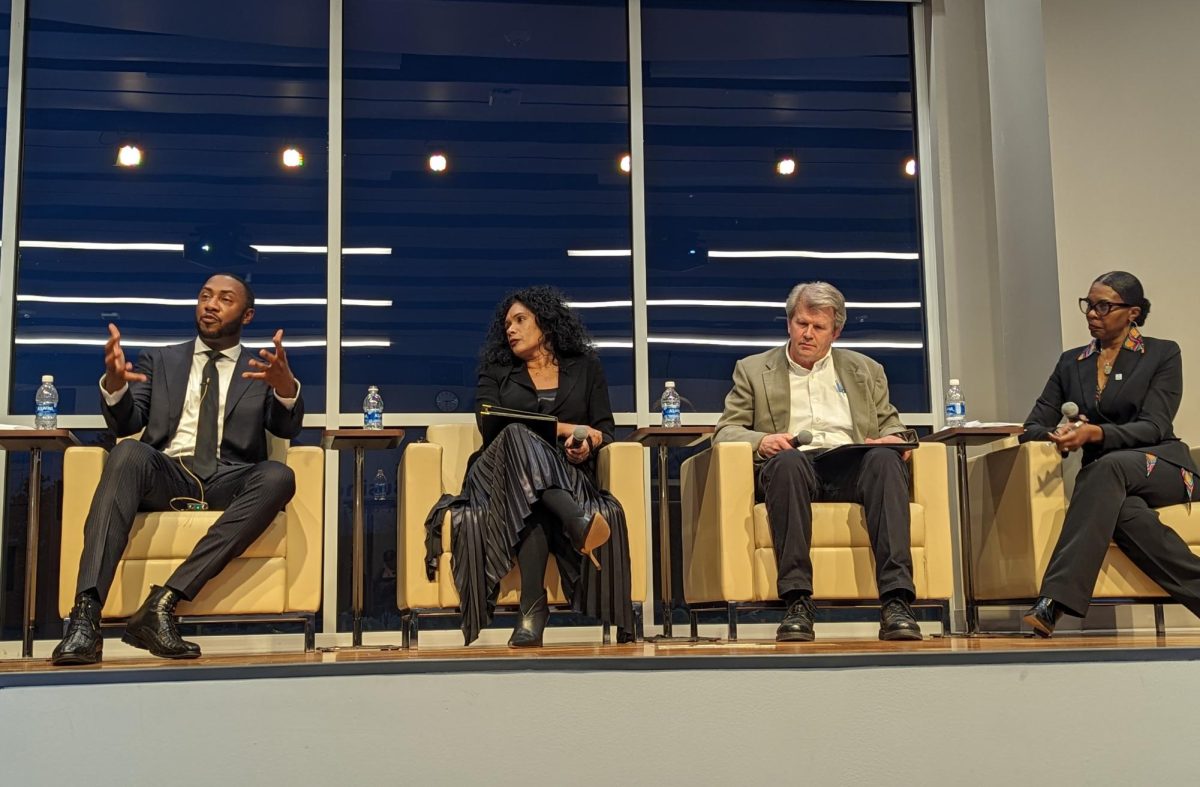
Along with their team, Michael Free, a professor in metallurgical engineering and Prashant Sarswat, a research associate, developed semiconductors comprised of copper, zinc, tin and sulfur. Known as CZTS, the new semiconductors are less toxic than others that are currently available. These semiconductors are used in LED lights, biological sensors and in solar cells.
The elements essentially ‘cook’ in the microwave for 18 minutes, a quick turn around in comparison to their counterparts.
Sarswat had the idea to use microwaves while watching his wife using one to prepare food.
“Most of the semiconductor crystals are generally synthesized at elevated temperature condition. Routine heating takes longer time, hence I thought to use microwave oven, which reduces time of synthesis,” Sarswat said in an email.
This research has revolutionized how semiconductors are made. Formerly, the many-step process took four to five hours. “Cooking” them in a microwave speeds up the process considerably.
Using microwaves stemmed from a challenge the researchers faced. According to Sarswat, the team was forced to get creative when the state-of-the-art instruments typically used in this area of study were unavailable.
A press release detailed the process of the production of CZTS: “Salts of the metals are dissolved in a solvent and then heated in a microwave, forming an “ink” containing suspended CZTS nanocrystals. The ‘ink’ then can be painted onto a surface and combined with other coatings to form a solar cell.”
CZTS and similar semiconductors make up the active layer of solar cells. CZTS, however, will be more efficient. They can also be used in biosensors to help diagnose a variety of illnesses including diabetes, kidney and cardiovascular diseases.
These new semiconductors can play a role in converting waste heat into electricity. Heat from the ground can be converted to electricity, which could be used to power a small city.
Considering the accessibility of microwaves, curious students may want to experiment, but Free advises against it.
“Don’t do it at home. You have to be cautious when using these kinds of materials in a microwave,” he said in a press release.
Helena Paulos, a senior in business, was impressed by the creativity of the project.
“I am always amazed by the research the U turns out. Researchers come out with these crazy, inventive developments and studies, and they’re really cool. They really get creative,” she said.
The team plans on conducting further research, but such plans are subject to funding and time.



















